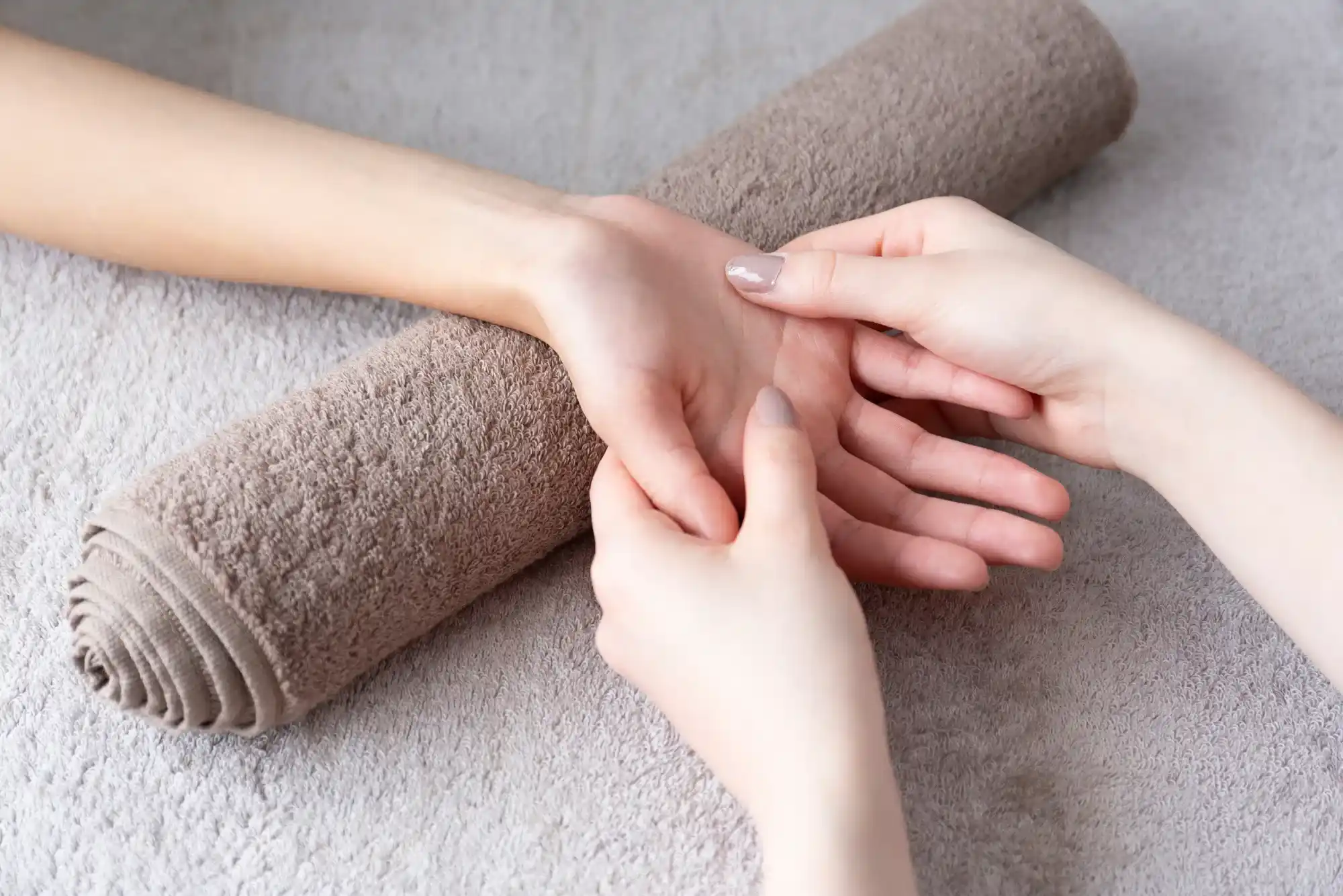Introduction
Building a skincare routine that works can sometimes feel like a daunting task, especially with so many products and conflicting advice available. However, with the right approach, you can simplify this process and achieve glowing, healthy skin. This detailed guide will walk you through creating a skincare routine tailored to your skin’s unique needs.
Why a Skincare Routine is Essential
A proper skincare routine does more than just improve the appearance of your skin—it supports your skin’s health and helps you address concerns like acne, dryness, or premature aging. By selecting the right products and following a consistent routine, you can give your skin the care it needs to stay hydrated, balanced, and rejuvenated.
In this article, we will discuss how to build a skincare routine that works for you. Whether you have dry, oily, or combination skin, there are a few fundamental steps you can follow to ensure your skincare routine is effective.
Understand Your Skin Type
Before you start building your skincare routine, it’s crucial to understand your skin type. Qubix Shop Online Identifying your skin’s characteristics will help you choose products that best meet its needs. Here are the common skin types:
- Oily Skin: Characterized by excess sebum production, leading to shine, clogged pores, and possible breakouts.
- Dry Skin: Often feels tight, rough, and may experience flakes or irritation.
- Combination Skin: A mix of oily and dry areas, with oiliness in the T-zone (forehead, nose, chin) and dryness on the cheeks.
- Sensitive Skin: Prone to irritation, redness, and reactions from certain products.
Knowing your skin type will guide your product choices, ensuring you use ingredients that will nurture your skin and avoid potential harm.
Cleanse Your Skin
The first step in any skincare routine is cleansing. A gentle cleanser will help remove dirt, excess oil, and makeup without stripping your skin of its natural oils. Depending on your skin type, you may want to choose a cleanser that caters specifically to your needs:
- Oily Skin: Gel-based or foaming cleansers help remove excess oil.
- Dry Skin: Cream-based or hydrating cleansers are best for retaining moisture.
- Sensitive Skin: Opt for fragrance-free, soothing cleansers that won’t cause irritation.
Make sure to cleanse twice a day—once in the morning and once before bedtime—to keep your skin fresh and clean.
Exfoliate (2-3 Times a Week)
Exfoliation helps to remove dead skin cells that can clog pores and lead to dull skin. It also promotes better product absorption. However, exfoliating too often can irritate the skin, so limit it to 2-3 times per week. There are two main types of exfoliators:
- Physical Exfoliators: These contain small, gritty particles that slough off dead skin. Be gentle with these to avoid damaging your skin.
- Chemical Exfoliators: These contain acids like AHAs (alpha hydroxy acids) or BHAs (beta hydroxy acids) that dissolve dead skin cells.
For those with sensitive skin, chemical exfoliants tend to be gentler than physical scrubs.
Apply Toner
Toner helps balance your skin’s pH levels after cleansing and exfoliation. It also removes any lingering dirt or oil. Look for a toner that suits your skin type:
- Oily Skin: Opt for toners that contain ingredients like witch hazel to control oil.
- Dry Skin: Choose a hydrating toner with ingredients like glycerin or hyaluronic acid.
- Sensitive Skin: Look for alcohol-free toners with soothing ingredients like chamomile.
Using a toner can also prepare your skin for the next steps in your routine.
Treat with Serums
Serums are concentrated treatments that address specific skin concerns, such as acne, hyperpigmentation, or fine lines. They contain active ingredients that penetrate deeply into the skin, making them a powerful addition to your skincare routine.
- For Oily Skin: Choose serums with salicylic acid to help control acne and reduce oil production.
- For Dry Skin: Opt for serums with hydrating ingredients like hyaluronic acid or vitamin E.
- For Sensitive Skin: Look for calming serums that contain aloe vera or chamomile.
Apply serum directly after toning, and always follow the instructions for how much to use.

Moisturize
Moisturizing is key to keeping your skin hydrated and preventing it from becoming too dry or oily. Even if you have oily skin, you still need to moisturize—just choose a lightweight, oil-free moisturizer.
- For Oily Skin: Look for gel-based, non-comedogenic moisturizers that won’t clog pores.
- For Dry Skin: Choose rich, emollient moisturizers to lock in moisture.
- For Sensitive Skin: Opt for fragrance-free, calming moisturizers to avoid irritation.
Apply your moisturizer while your skin is still damp to lock in moisture.
Protect with Sunscreen
Sun protection is essential to any skincare routine, even on cloudy days. Sunscreen helps prevent premature aging, pigmentation, and skin cancer caused by UV rays. Beauty and Fashion Choose a broad-spectrum sunscreen with an SPF of at least 30, and reapply it every two hours when outdoors.
Step-by-Step Skincare Routine Example
Morning Routine:
- Cleanse: Use a gentle cleanser suited to your skin type.
- Tone: Apply toner to balance your skin’s pH.
- Serum: Apply a serum with active ingredients for your skin’s concerns.
- Moisturize: Hydrate your skin with a suitable moisturizer.
- Sunscreen: Always finish with sunscreen for protection.
Night Routine:
- Cleanse: Remove makeup and impurities with a cleanser.
- Exfoliate (2-3 times a week): Exfoliate gently to remove dead skin cells.
- Tone: Reapply toner to freshen your skin.
- Serum: Apply a night serum for added treatment.
- Moisturize: Use a rich night cream to repair your skin while you sleep.
FAQs About Skincare Routines
1. How long does it take to see results from a skincare routine?
You should give your skincare routine at least 4-6 weeks to see visible improvements. Consistency is key, as it takes time for products to show their full effects.
2. Should I use the same products every day?
Yes, consistency is important for the best results. If you’re trying new products, introduce them slowly to avoid irritation.
3. Can I mix skincare products?
Be cautious when mixing products. For example, don’t use two exfoliating products on the same day, and avoid combining retinol with vitamin C.
4. How do I know if a product is working?
Look for improvements in your skin’s texture, hydration, and appearance over time. If you experience irritation or breakouts, discontinue use and consult a dermatologist.
By following these simple steps, you can build a skincare routine that works for you, ensuring healthy and glowing skin. Whether you’re looking to target specific concerns or simply maintain a healthy complexion, taking care of your skin is essential. To explore more tips and products, visit Qubix Dubai Shop Online, and shop Beauty and Fashion items to enhance your beauty regimen. For personalized skincare advice and premium products, be sure to check out Qubix Shop Online.











